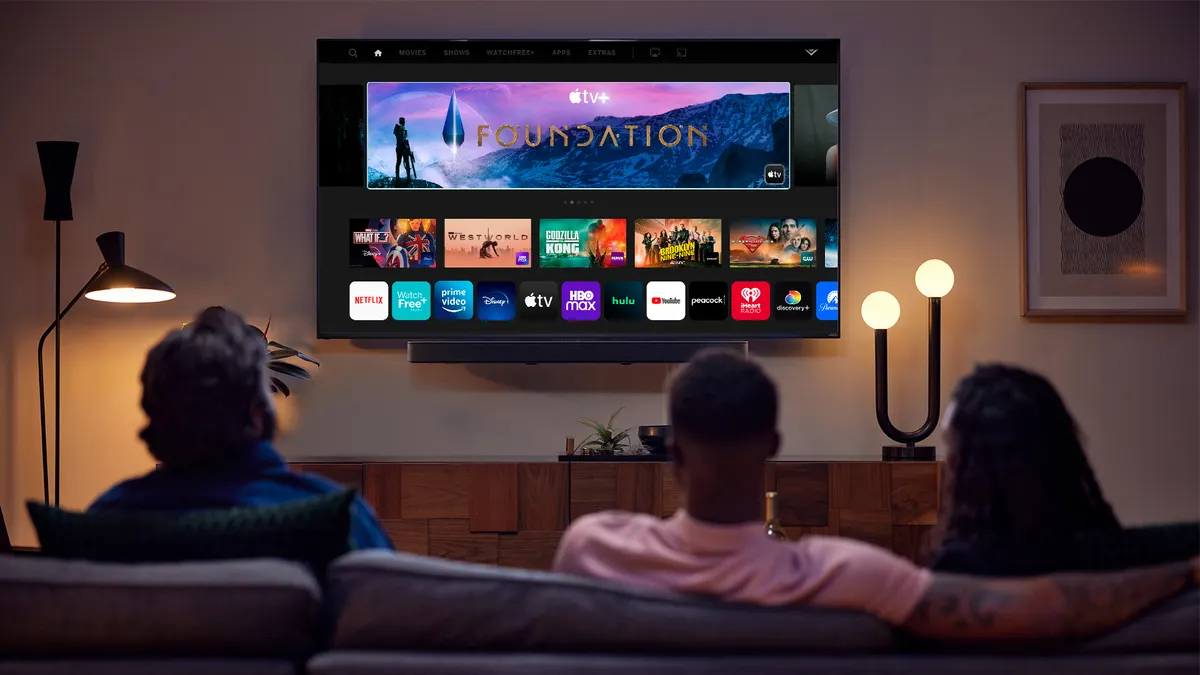The following is a guest piece by Paul Frampton, president of marketing consultancy CvE. Opinions are the author’s own.
Retail media solves all measurement ills? Not quite — not today anyway. Undeniably, a major reason for the rise of retail media has been uncertainty around third-party cookie deprecation. Despite Google’s recent decision to keep third-party cookies and its plans to make the trackers optional, there is still a major shift in how the majority of digital media is bought that affects measurement and targeting. The rise of the first-party ID and data, particularly when combined with transactional purchase records, offers the promise of closed loop measurement. However, there is both hype and nascence in the reality.
To understand how close we are to nirvana, first we must introspect the ideal outcomes that a consumer packaged goods (CPG) brand desires. The most sophisticated CPG and beauty brands are quickly evolving toward an expectation of measuring incremental lift for retail media spend. To date, most retail media budgets have shifted from existing budget pots (whether that be shopper or performance marketing), so what matters is the integrity behind whether this shift of investment is now working more effectively.
If we pause and contemplate shopper behavior, we know that for most omnichannel retailers, most sales are still conducted in-store, therefore it becomes essential to track the relative value of each touchpoint on the ultimate place of purchase. For years, we have had siloed measurement for traditional versus digital channels; marketing mix modeling biases toward broadcast, high reach media and digital analytics biases toward last touch. The blending of profile and purchase history in retailer data offers the unique opportunity for measurement systems to be built, which take account of all touchpoints, cross-category purchases and purchase locations, however as this today only exists within each retailer, we are essentially creating a host of new walled gardens.
A brand ultimately seeks to understand the halo effect of their investment across retailers, touchpoints and purchase location. Additionally, retail customer behavioral profiles are rich from a transactional perspective, but less so when it comes to lifestyle and daily digital activity such as content consumption.
So, in a nutshell, brands’ ask of measurement is the ability to:
- Develop more sophisticated audience planning with lifestyle and purchase behavior
- Accurately measure the incremental lift in sales from digital retail media spend
- Determine the optimal mix of traditional shopper, trade and digital touchpoints
- Determine the optimal investment for each retail media network
- Have the right metrics to be able to optimize investment in-flight
- Better understand lifetime value cross category
These capabilities are increasingly available in-market, however only really to the largest brands. The standards around what and how different retailers solve for these challenges are very mixed. A platform like Circana’s, which unifies loyalty data along with pricing and promotions insight, has pivoted to provide both audience planning capability and halo lift across multiple retailers. This gets closer to solving for the breadth of asks that brands have, but only a handful of retailers leverage this globally. Today’s emerging operating system also favors the largest retailers, leaving mid-market and longer tail weaker when it comes to access to data and insights.
The future of measurement
Even with Google’s recent update, it is still imperative to continue identifying and testing alternative solutions to ensure which measurement strategies are effective. This is an opportune moment to grasp a full understanding of the available solutions for retailers, especially as retail data proves valuable to consumer purchasing decisions while incorporating the ability to measure what does or does not work. The future of the advertising landscape will require multiple identity solutions, such as identity maps, thanks to their nature to effectively find and deliver retail media advertising to customers and prospects and tie exposure back to enable measurement.
The first-party data is a great starting point, but the delivery from DSPs for off-site advertising will degrade from today’s cookie-dependent solutions. Whilst many are betting on UID, there are a plethora of new players solving for this including Microsoft, Experian and Bridg, which are challenging some of the old guard of identity such as Liveramp and Epsilon. Some retail media channels support cookieless and some do not today, so there is a lot of work still to be done for the fidelity of reaching customer profiles and measuring true performance to be an equal playing field.
With the diversity of retailers and retail media networks across North America (national vs regional, fully in-store vs fully e-commerce, specialist vs long-tail), we should not expect that the above nirvana can be achieved any time soon, not least because different brands will have different strategic relationships with different retailers that matter to them.
We can however, as an industry, start to work toward some common principles, some of which are outlined below:
- Control what you can and what matters: In a complex retail media ecosystem that spans online and offline, controlling every variable is impossible. Focus on starting with flexible outputs that allow for rapid response to necessary changes and iterate from there.
- “Perfect data” is an illusion: Flawless data sets simply do not exist. Go into it with your eyes wide open and seek out partners who are willing to do the same.
- Level up your thinking: Getting lost in the media and ad tech prevents the focus on what really matters, which is a frictionless customer experience. The real value is in relevant and timely connections with shoppers that build longer-term relationships between the consumer, brand and retailer.
- Think beyond the immediate SKU purchase: There is a lot of value in tying audience insights back to the purchase, but the real value is in measuring lifetime value and relative market share for the retailer and the brand. Fill in the gaps through data partnership.
- Focus on the metrics fit for the purpose: The CFO and board are only interested in high level metrics around share and margin. There are, however, rich in-platform metrics to guide optimization, but do not mistake them for commercial drivers.
With over 100 retail media networks in the U.S. today, standardization will take time. Some of the magic of retail media is the unique value that can be created by a mid-market retailer, however, to build confidence in the sustainability of the industry, the industry must together solve for the measurement challenge. Brands need to justify to their finance stakeholders the ROI that shifting or adding investment to this space will deliver.
Accurate measurement sets market pricing. Today, we have inflated pricing due to the lack of standardization and immature measurement. In the coming 18 months, increased demand from brands for greater evidence of incrementality and transparency, combined with downward pressure on CPM’s, will force greater accountability and cross retail media network collaboration. If the largest retailers can lean-in and work together with the IAB and MRC to prioritize solving for measurement, this will secure sustainability for this immature industry. For everyone else, the focus should be on upgrading the technology talent and tools that live within the retailer/agency and improve the accessibility and scalability for brands of all sizes.




















